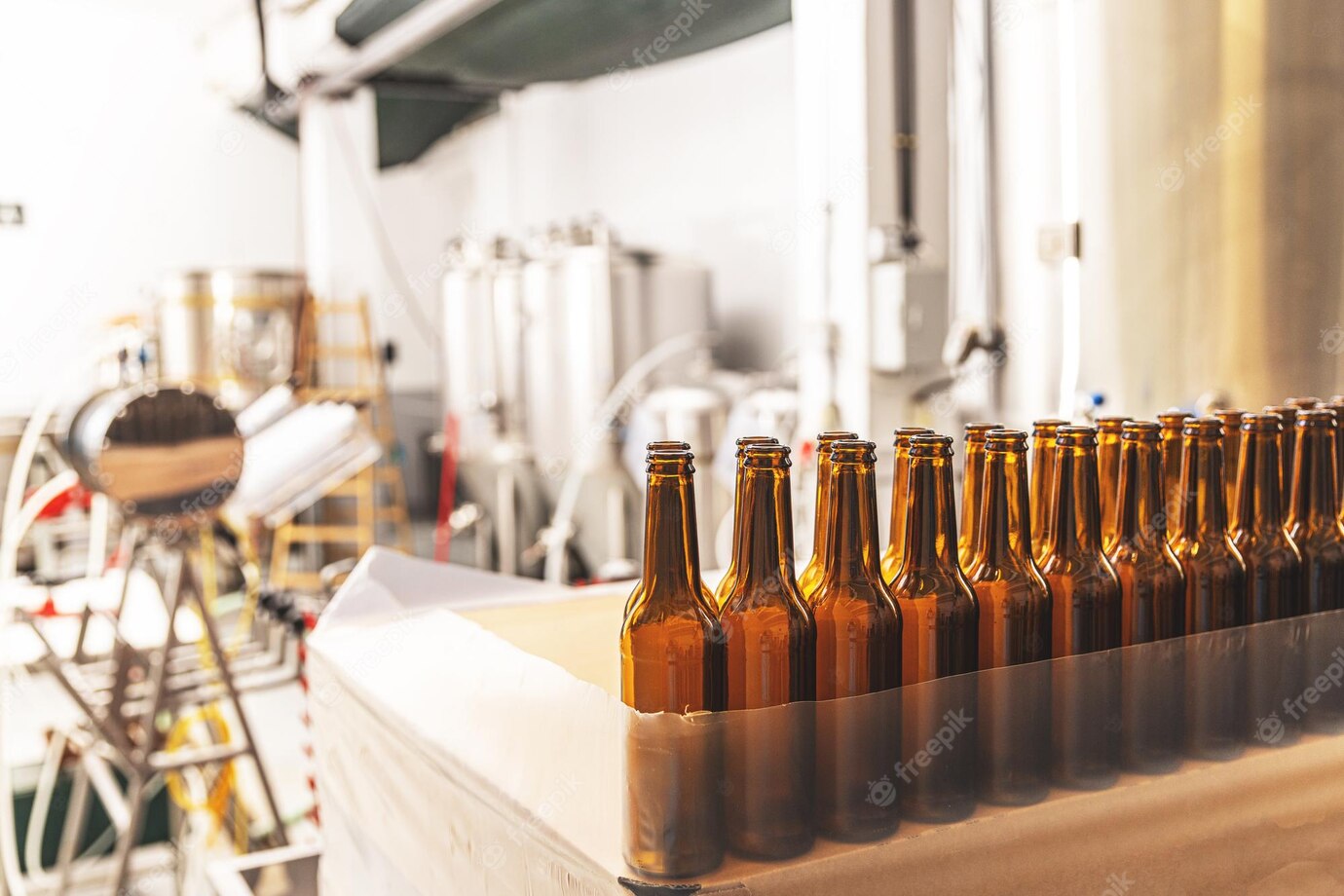Learn to make your own beer at home with this beginner-friendly guide!
Welcome to the exciting world of homebrewing! Homebrewing is an accessible and rewarding hobby for anyone who loves a cold, deliciously crafted beer. In this beginner’s guide, you will learn the basics of the homebrewing process, from the equipment and ingredients you need to the fermentation and bottling of your homebrew. With the help of this article, you will be able to create great-tasting beer in the comfort of your own home!
Introduction to Home Brewing: A Beginner’s Guide
Do you want to make your own beer at home? Home brewing can be a fun and rewarding hobby, but there are a few important things you need to know before getting started. In this article, we’ll cover everything you need to know to get started with home brewing, from the basics of brewing beer to choosing the right supplies and ingredients.
What Is Home Brewing?
Home brewing is the process of making beer at home, using malt, hops, water, and yeast. The process is fairly simple and basic, but there are some important steps that must be taken to ensure the resulting beer is of good quality and safe to drink. Home brewing can be a fun and rewarding hobby, and can allow you to experiment with different styles and flavors of beer.
The Basics of Home Brewing
Home brewing involves several steps, each of which must be done correctly in order to produce a quality beer.
- The first step is to select the grain, which will provide the beer’s flavor and color. The type of grain used will depend on the beer style being brewed.
- The grain is then milled, or ground. The finer the grain is milled, the more easily it will extract the sugars from the grain, which will be used to make the beer.
- The milled grain is then “mashed”, or steeped in hot water. This step allows the grain to release its sugars and starches, which will be converted to alcohol during fermentation.
- Once the mash has been done, the “wort” (the liquid resulting from the mashing process) is boiled in a pot, along with hops. The hops provide bitterness, aroma, and flavor to the beer.
- Once the wort has been boiled, it is cooled and transferred to a fermenter, where yeast is added. The yeast will consume the sugars in the wort and turn them into alcohol and carbon dioxide.
- The beer is then left to ferment for several weeks. Once fermentation is complete, the beer is bottle or kegged and given time to carbonate.
Once the beer has been fully fermented and carbonated, it is ready to drink. Home brewing requires patience, but the effort is usually worth it when the finished beer is finally ready to enjoy.
Choosing Home Brewing Supplies
Once you understand the basics of home brewing, you’ll need to decide what supplies you need. Home brewing doesn’t require a lot of expensive equipment, but there are a few essential pieces of equipment that are needed.
- Brewing Pot – You will need a large pot, such as a stockpot, to boil the wort. A pot size of at least 10 gallons (38 liters) is best, as it will allow you to make larger batches of beer.
- Fermenter – The fermenter is a vessel, usually made of food-grade plastic or stainless steel, in which the beer will ferment. A typical fermenter comes with a lid, airlock, and spigot for bottling.
- Bottles or Keg – Once the beer has finished fermenting, it will need to be bottled or kegged. Beer can be bottled in glass or plastic bottles, or kegged in a keg or kegging system.
- Other Equipment – You will also need a few other pieces of equipment, such as a hydrometer for measuring specific gravity, a thermometer for measuring temperature, and a siphon for transferring the beer.
Cleaning and Sanitizing Equipment
It is essential that all of your brewing equipment be kept clean and sanitized in order to avoid contamination. Contamination can cause off flavors in the beer and can even make it unsafe to drink.
There are a variety of products available to clean and sanitize your brewing equipment. Chlorine bleach and iodophor are two of the most popular sanitizing products. Bleach is inexpensive and easy to use, while iodophor is a non-rinse sanitizer with no active odor or taste.
Choosing Ingredients
Once you have the necessary equipment, you’ll need to choose the ingredients for your beer. Your ingredients will depend on the style of beer you are making, but the most

